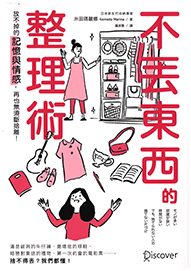online access from ProQuest Ebook Central Perpetual Titles
check holdings in CityU LibraryFind
check resources on the same subject in CityU LibraryFind
 BOOKER PRIZE NOMINEE • NEW YORK TIMES BEST SELLER • Once in a great while, a book comes along that changes our view of the world. This magnificent novel from the Nobel laureate and author of Never Let Me Go is “an intriguing take on how artificial intelligence might play a role in our futures ... a poignant meditation on love and loneliness” (The Associated Press).
BOOKER PRIZE NOMINEE • NEW YORK TIMES BEST SELLER • Once in a great while, a book comes along that changes our view of the world. This magnificent novel from the Nobel laureate and author of Never Let Me Go is “an intriguing take on how artificial intelligence might play a role in our futures ... a poignant meditation on love and loneliness” (The Associated Press).A NEW YORK TIMES Notable Book of the Year • GOOD MORNING AMERICA Book Club Pick
“What stays with you in ‘Klara and the Sun’ is the haunting narrative voice—a genuinely innocent, egoless perspective on the strange behavior of humans obsessed and wounded by power, status and fear.” —Booker Prize committee
Here is the story of Klara, an Artificial Friend with outstanding observational qualities, who, from her place in the store, watches carefully the behavior of those who come in to browse, and of those who pass on the street outside. She remains hopeful that a customer will soon choose her. Klara and the Sun is a thrilling book that offers a look at our changing world through the eyes of an unforgettable narrator, and one that explores the fundamental question: what does it mean to love?
(Excerpt from amazon.com)










